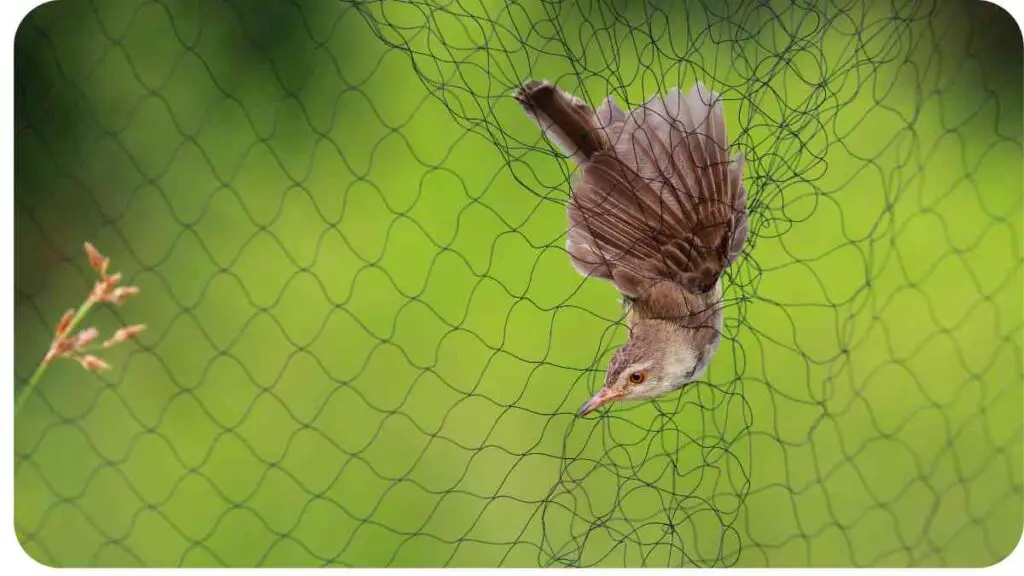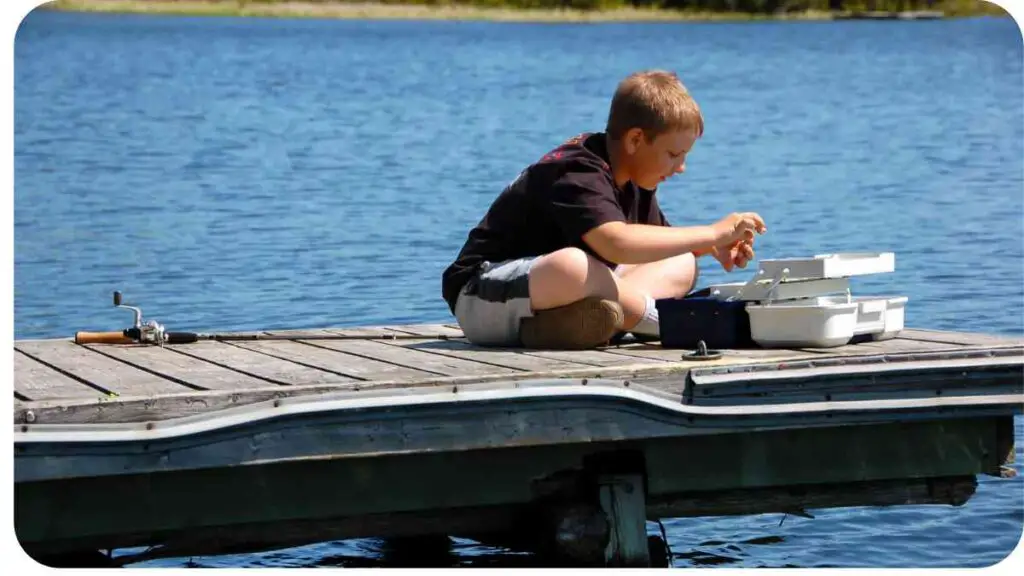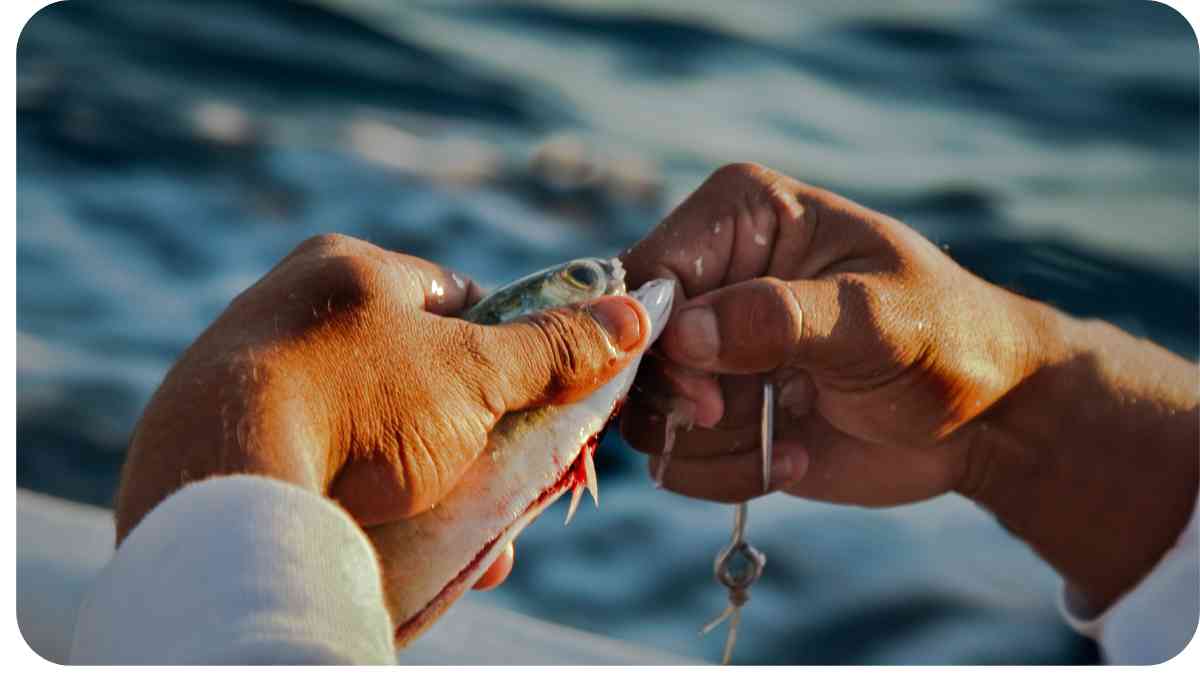Survival trapping has been an essential skill throughout human history, allowing our ancestors to catch food in the wild. Whether due to necessity or sport, mastering the art of trapping is beneficial. Remember those stories grandpa used to tell? About how he caught his first rabbit in the woods? Those were more than just tales; they were lessons in perseverance and ingenuity.
| Key Takeaways |
| Understand the importance of choosing the right bait for effective trapping |
| Pay attention to trap placement for better results |
| Incorporate scent masking techniques to enhance the trap’s efficacy |
| Ensure proper safety measures are taken during trap setup to prevent accidental injury |
| Learn from failed trapping attempts as opportunities for improvement |
| Use quality materials and tools for more efficient and humane traps |
| Consider the benefits of modern technology like motion sensors and digital monitors |
| Regular practice and community engagement can improve your trapping skills |
| Always follow ethical and humane trapping practices |
| Even experienced trappers can make mistakes; constant learning is key |
| Respect nature and wildlife for a sustainable trapping experience |
| Embrace community knowledge by sharing insights and gathering feedback |
| Animal behavior and seasonal changes significantly influence trapping success |
Importance of Proper Technique
Achieving success in survival trapping isn’t merely about setting up a trap and hoping for the best. It’s about understanding the environment, the animal, and the technique. Haven’t we all felt that frustration when the trap remains empty? Let’s dive into understanding why that might be.
2. Basic Components of a Survival Trap

Every trap, regardless of its complexity, has some foundational components. Recognizing and mastering these can significantly increase your success rate.
When struggling to light a fire, it’s essential to recognize common mistakes like damp kindling or inadequate airflow. Addressing these issues promptly increases your chances of building a successful fire, a vital skill in survival situations.
TABLE: Different Trap Types and Their Uses
| Trap Type | Primary Use | Target Animal |
| Snares | Catching small to medium-sized mammals | Rabbits, squirrels |
| Deadfalls | Larger game, quick kill | Raccoon, larger rodents |
| Fish traps | Aquatic settings | Fish, eels |
| Pitfalls | Ambush predators | Medium-sized mammals |
Would you believe it? I once saw someone attempting to catch a fish using a deadfall trap. While creativity is commendable, understanding the basics is crucial.
3. Mistakes to Avoid When Setting up Your Trap
Ah, mistakes. We’ve all made them, haven’t we? But understanding where we go wrong can lead us to the path of success.
Location Blunders
Setting up a trap in the wrong location is like opening a store in a deserted alley—very few customers! Animals follow specific paths, known as trails or runs. It’s essential to recognize these paths and set your trap accordingly.
Incorrect Bait Selection
Ever tried attracting a vegan with a steak dinner? The same principle applies to animals. Offering the wrong bait can leave your trap desolate.
n survival scenarios, improvising first aid becomes crucial when standard kits fall short. Understanding how to address wounds with available resources can mean the difference between minor discomfort and a severe health crisis.
Improper Trigger Mechanisms
Your trap might be in the perfect location with the best bait, but if the trigger mechanism is flawed, success will remain elusive. Triggers need to be sensitive enough to spring when an animal is present, but not so delicate that they go off with the slightest breeze.
TABLE: Common Mistakes and Their Fixes
| Mistake | Potential Reason | Solution |
| Empty Trap | Bad Location | Research animal paths, choose high-traffic areas |
| Trap not springing | Faulty Trigger | Test and adjust trigger sensitivity |
| Wrong animal caught | Incorrect Bait | Use species-specific bait |
My buddy once set up a perfect rabbit snare, only to catch a curious raccoon. It turns out; he’d used bait more suited for raccoons than rabbits. It gave us a good laugh, but also a valuable lesson.
4. Choosing the Right Bait

Choosing the perfect bait is both an art and a science. Understanding an animal’s preferences and dietary habits is the key to making your trap irresistible.
The Art of Bait Selection
Have you ever been lured into a store because of a sale sign? Animals are no different! Offer them something they can’t resist, and they’ll be yours. My years in the wilderness have taught me that the best bait often replicates an animal’s natural diet.
Recognizing subtle signs of hypothermia can be a lifesaver. Learn to identify these symptoms and apply effective methods to combat hypothermia, ensuring you and your companions stay warm and safe in harsh weather conditions.
TABLE: Bait Types and Their Target Animals
| Bait Type | Best For | Target Animal |
| Fresh greens | Natural diet | Rabbits, deer |
| Fruits | Sweet tooth | Squirrels, chipmunks |
| Fish scraps | Aquatic lure | Raccoons, cats |
| Worms/Insects | Universal | Birds, fish |
During one of my wilderness trips, I found wild berries and decided to use them as bait. To my surprise, I caught more squirrels than I’d ever before. Nature often provides the best clues!
5. Trap Maintenance and Monitoring
Your job doesn’t end once you’ve set the trap. Regular checks and adjustments can be the difference between a hearty meal and an empty trap.
Regular Checks and Adjustments
Just as you wouldn’t bake a cake and never check its progress in the oven, you shouldn’t set a trap and forget about it. Regular checks ensure that your trap is functioning and can help prevent animals from suffering unnecessarily.
Adapting to Changes
The wilderness is dynamic. Rain, snow, and other elements can affect your trap’s efficiency. Always be ready to adapt. I remember one winter, my traps kept failing due to snowfall. I had to shift from ground traps to elevated ones. Adaptation is the key!
A leaking tent can jeopardize your shelter in the wilderness. Knowing quick fixes like using waterproof sealants or improvised rain covers can preserve your shelter’s integrity, offering a dry and secure haven during challenging outdoor situations.
6. Understanding Animal Behavior
Knowledge is power, especially when you’re trying to outsmart Mother Nature.
Seasonal Variations
Animals change their habits with the seasons. While some hibernate during winter, others might change their diet or behavior. It’s essential to stay informed.
Species-specific Insights
Not all animals are created equal. While one might be nocturnal, another could be active during the day. Researching and understanding the specific animal you’re targeting can significantly increase your chances of success.
In my early trapping days, I was determined to catch a fox. I set up my trap in the evening, only to find it undisturbed every morning. It was only after understanding the fox’s nocturnal behavior that I adjusted my approach and finally saw success.
7. Safety Precautions
The wilderness is as unpredictable as it is beautiful. Ensuring your safety, as well as the safety of the animals you’re trapping, is paramount.
Safe Setup Procedures
Using tools and mechanisms, especially sharp ones, requires caution. Always make sure you’re setting up your trap with care to avoid self-injury. I still have a scar from a hasty snare setup during my early days—it serves as a daily reminder of the importance of patience and caution.
Foraging for food in the wild involves wild plant identification skills. Mastering the ability to differentiate between edible and poisonous plants is fundamental. Proper knowledge ensures that your foraging efforts provide sustenance without posing risks to your health.
Potential Risks and Solutions
From curious animals to inclement weather, numerous factors can interfere with your trap or pose a danger.
TABLE: Potential Dangers and How to Avoid Them
| Potential Danger | Cause | Solution |
| Accidental injury | Hasty setup | Take your time, use tools appropriately |
| Trap theft | Other humans | Hide or camouflage your traps |
| Animal suffering | Delayed checks | Monitor traps frequently |
| Damage from elements | Weather | Adjust and adapt trap placement and type |
8. Learning from Failures
Every failed trap provides an opportunity to learn and refine your technique. Embracing these lessons is a crucial step towards becoming a proficient trapper.
Personal Experience Tales
I’ve had my fair share of empty traps and unintended catches. But with every miss, I gained a deeper understanding of the wilderness and its inhabitants. One summer, a series of failed attempts led me to discover a whole community of trappers online. We exchanged stories, tips, and tricks, enriching our collective knowledge.
The Evolution of Trapping Techniques
Trapping techniques have been passed down generations, refined with each era. While the basics remain unchanged, there are always new methods and technologies to incorporate into our toolkit.
9. Materials and Tools to Enhance Efficiency
While skill is essential, using the right materials and tools can significantly boost your efficiency.
Importance of Quality
Ever heard the saying, “A craftsman is only as good as his tools?” Investing in quality materials not only enhances efficiency but also ensures longevity.
TABLE: Recommended Materials and Their Benefits
| Material/Tool | Purpose | Benefit |
| Stainless steel wire | Snares | Durability, rust-resistance |
| Strong nylon cord | Trap setups | Strength, longevity |
| Camouflage netting | Concealment | Increased stealth |
| Digital trail cameras | Monitoring | Real-time insights, safety |
I once replaced my old, fraying cords with high-quality nylon ones and immediately noticed the difference in trap efficiency and durability.
10. Engaging with the Community
No trapper is an island. Engaging with a community of like-minded individuals can provide invaluable insights and feedback.
Sharing Insights and Gathering Feedback
Sharing personal experiences, successes, and failures can help not only you but also others in the community. I’ve often found that discussing a persistent issue with peers often leads to unexpected and innovative solutions.
Joining Trapping Forums and Groups
There’s a wealth of knowledge online. Joining forums and groups can provide access to experienced trappers from around the world. It was in one such forum that I learned about the modern trap technologies that revolutionized my approach.
11. The Ethics of Survival Trapping
As we harness the powers of the wild to our advantage, we must also remember our responsibility towards it. Ethical trapping ensures that while we sustain ourselves, we don’t cause undue harm or imbalance in nature.
Respect for Nature
The wilderness has given us so much—food, shelter, and countless stories. In return, it demands respect. From using sustainable methods to ensuring minimal harm, our interactions with nature should be guided by reverence and gratitude.
Humane Practices and Techniques
It’s not just about catching the animal; it’s about how we do it. Employing humane methods ensures that the animal suffers as little as possible, should it get trapped.
I recall an instance where I found a rabbit caught in a poorly-made snare by another trapper. The animal had endured considerable pain. It was a stark reminder of the importance of humane trapping methods.
12. Incorporating Modern Technology
Traditional trapping methods are tried and tested, but that doesn’t mean we should shy away from the advancements of modern technology. These tools can complement our skills, making trapping more efficient and humane.
Tools and Gadgets in Survival Trapping
From motion sensors to digital monitors, modern technology offers an array of tools to enhance our trapping experience.
TABLE: Modern Tools and Their Advantages
| Tool/Gadget | Purpose | Advantage |
| Motion sensors | Detect animal presence | Increased trap efficiency |
| Digital monitors | Real-time trap monitoring | Reduced animal suffering |
| GPS trackers | Track trap locations | Easy navigation, safety |
| Solar-powered alarms | Alert for trap activity | Energy-efficient, reliable |
I was initially skeptical about integrating technology into my traditional trapping methods. But after using a motion sensor for the first time and seeing its efficacy, I became a believer.
13. Practice Makes Perfect
Just like any other skill, the more you practice trapping, the better you become at it. Regular practice helps you hone your instincts, improve your setup speed, and enhance overall efficiency.
Tips for Regular Practice
Setting aside dedicated time, simulating different environmental conditions, and regularly challenging yourself can accelerate your growth as a trapper.
Building Muscle Memory and Instinct
Repeated practice not only improves your physical skills but also builds a mental map, making you more attuned to the nuances of the wilderness. My most successful trapping ventures have often been a result of intuition, developed over years of practice.
14. Conclusion
Survival trapping is a dance between man and nature. It demands patience, skill, adaptability, and above all, respect for the wild. By understanding the common mistakes, choosing the right bait, ensuring safety, and continuously learning, one can master this ancient art. As we tread into the wild, let’s carry with us the knowledge of the past, the innovations of the present, and a vision for a sustainable future. Remember, every empty trap is not a failure but an invitation to learn, adapt, and grow. Happy trapping!
Further Reading
For those interested in delving deeper into the world of trapping and understanding common mistakes, here are some insightful articles:
- VictorPest: Mouse Trap Mistakes
- This article sheds light on some of the common mistakes people make when setting mouse traps and offers practical solutions to avoid them.
- YalePest: Will a Mouse Trap Work After Touching it with Bare Hands?
- Discover the effects of human scent on mouse traps and how it might deter or attract these tiny rodents.
- YalePest: How Do Mice Escape Mouse Traps?
- A deep dive into the sneaky tactics of mice and how they manage to escape seemingly foolproof traps.
FAQs
Why isn’t my survival trap working?
There are several factors that can affect the efficacy of a survival trap, including improper setup, wrong bait choice, and not understanding animal behavior.
How important is bait selection in survival trapping?
Bait selection is crucial. Choosing the right bait ensures that you attract the intended animal, and it should ideally mimic the animal’s natural diet.
How often should I check my trap?
Regular checks, ideally once or twice a day, are vital. Not only do they increase the chances of success, but they also ensure that animals aren’t suffering unnecessarily.
Can I integrate modern technology with traditional trapping methods?
Absolutely! Tools like motion sensors, digital monitors, and GPS trackers can complement traditional methods, making trapping more efficient and humane.
Is it essential to practice regularly to become a proficient trapper?
Yes, just like any skill, the more you practice, the better you become. Regular practice hones your instincts and enhances your trapping efficiency.

Hi! I’m Hellen James, and I am the founder of Unified Survival. I have a deep passion for the wilderness and everything that goes along with it. I’ve been hiking since I was a child, and I grew up camping in state parks all over the country. But it wasn’t until recently that I learned how to survive in the wilderness.

